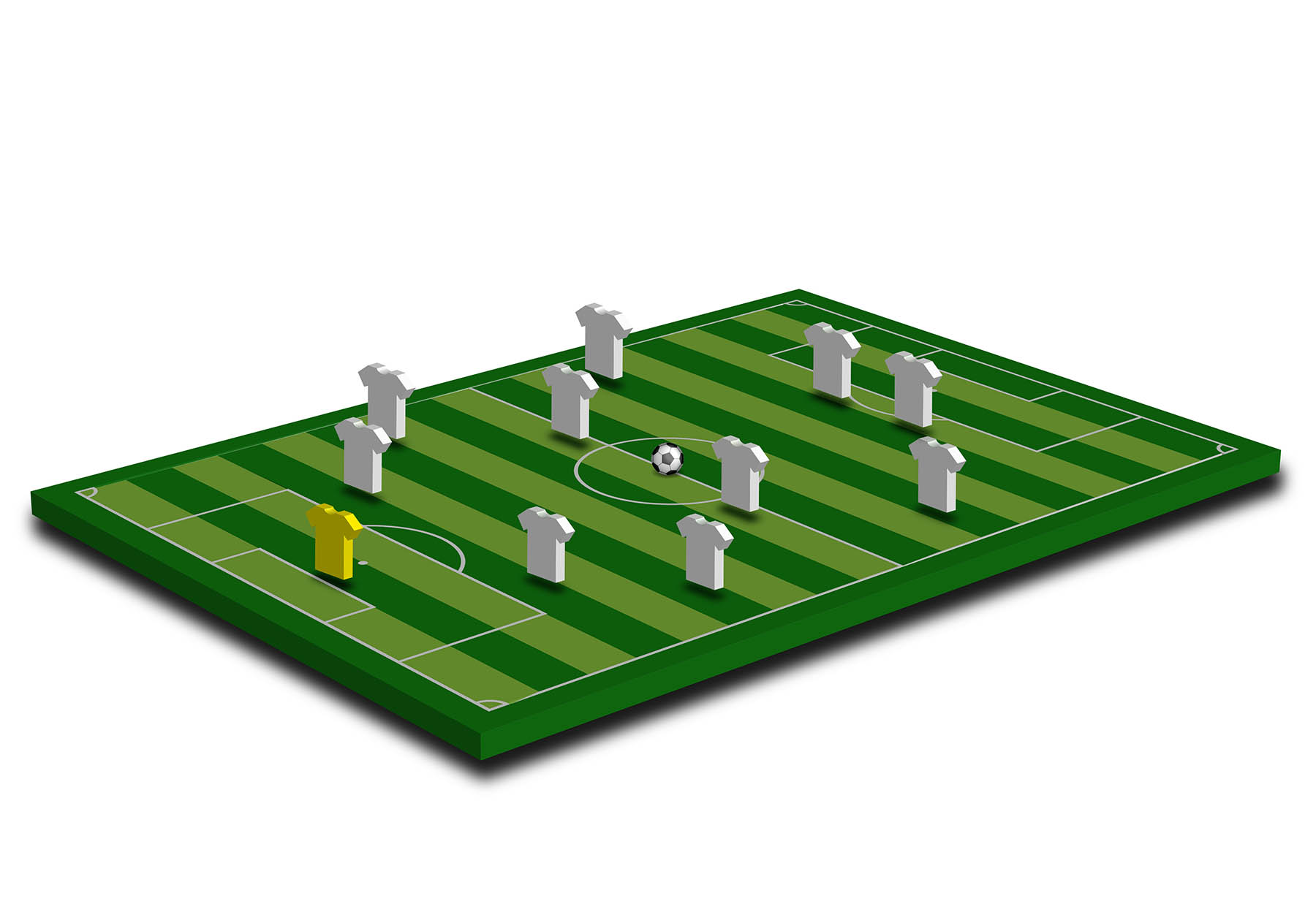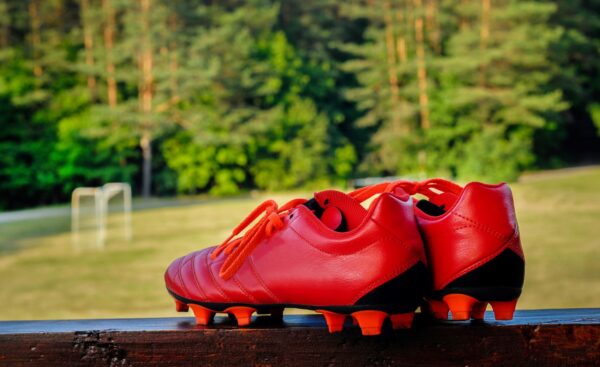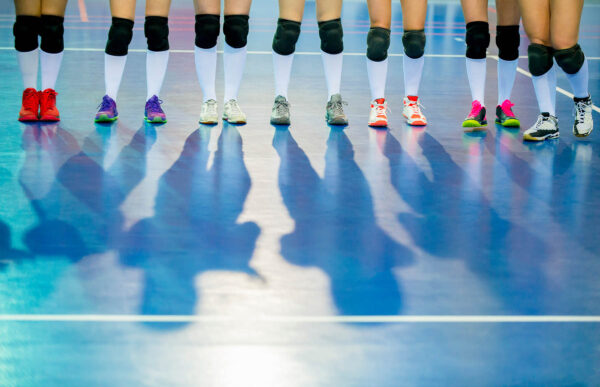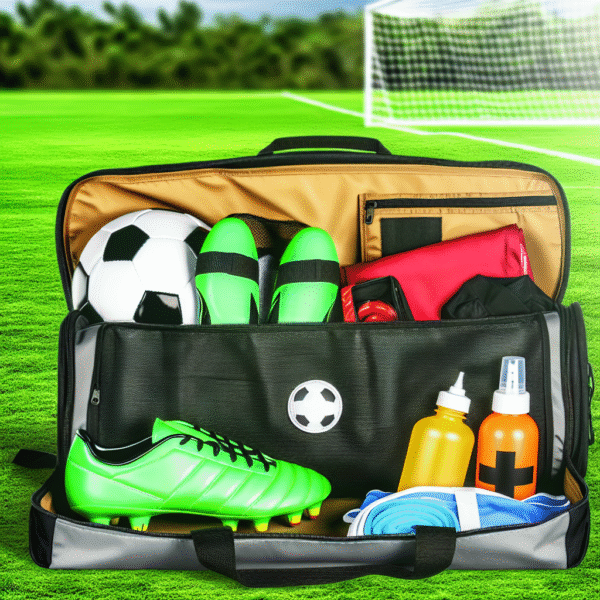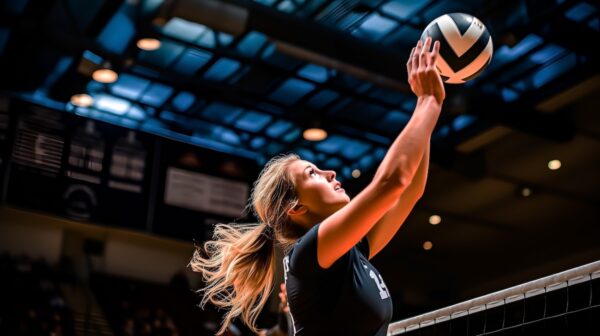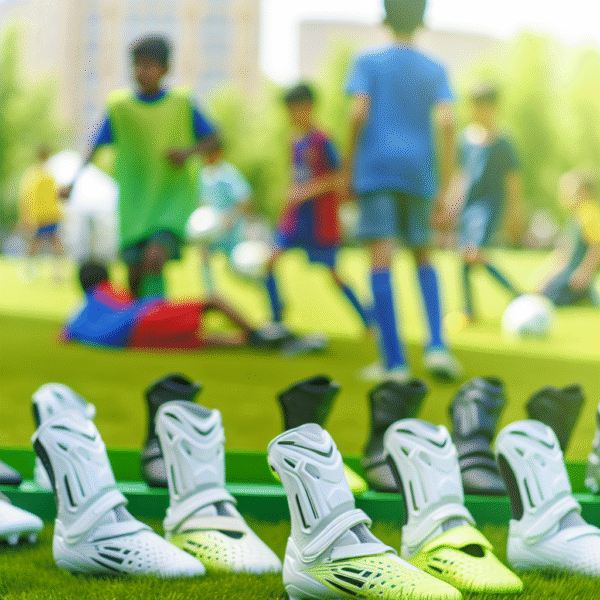Whether you’re brand new to the game or starting your third season, understanding youth soccer positions is one of the most important parts of developing as a player. Each position plays a unique role on the field, contributing to a team’s overall strategy, communication, and success. From goalkeeping to striking, every position carries specific responsibilities—and learning how to excel in each can take your game to the next level.
In this guide, we’ll break down the main youth soccer positions, outline their core responsibilities, and provide practical tips to help young players thrive no matter where they line up on game day.
Let’s start by looking at the foundation of any strong defense: the goalkeeper.
Goalkeeper (GK): The Last Line of Defense
The goalkeeper is the only player allowed to use their hands, but only within the penalty box. Their job is clear but challenging: stop the ball from entering the net at all costs.
Core Responsibilities:
-
Shot-Stopping: React quickly to block or catch shots using hands, feet, or body.
-
Positioning: Always stay in line with the ball, adjusting position to cover angles.
-
Distribution: Launch counter-attacks by throwing or kicking the ball accurately to teammates.
-
Communication: Direct the defense, especially during corners and free kicks.
Tips for Goalkeepers:
-
Stay on your toes—literally! Light footwork allows for faster reaction.
-
Be vocal. Command your box and let defenders know where attackers are.
-
Practice dives and one-on-one scenarios to build confidence in high-pressure moments.
Defender (DEF): Protecting the Net
Defenders are essential in keeping the opposition from getting clear shots on goal. They provide structure and strength in the back line.
Key Types of Defenders:
Center Backs (CB):
-
Positioned centrally, they battle opposing strikers.
-
Must be strong in aerial duels, tackles, and positioning.
-
Often initiate plays by passing out from the back.
Fullbacks (FB):
-
Operate on the left and right sides of the defense.
-
Support the attack with overlapping runs and crosses.
-
Responsible for tracking back and marking fast wingers.
Tips for Defenders:
-
Watch the ball, not just the player.
-
Stay goal-side (between your opponent and the goal).
-
Communicate with your fellow defenders to maintain shape.
Midfielders (MID): The Team’s Engine Room
Midfielders do a bit of everything. They connect the defense and the attack, often covering the most ground during a match.
Types of Midfielders:
Defensive Midfielder (DM):
-
Acts as a shield in front of the defense.
-
Intercepts passes and stops opposition attacks before they reach dangerous areas.
-
Starts attacks by distributing the ball forward.
Central Midfielder (CM):
-
Controls the tempo of the game.
-
Makes short and long passes, and helps defend and attack.
-
Needs to be always available to receive the ball.
Attacking Midfielder (AM):
-
Positioned behind the forwards.
-
Creates scoring chances with smart passes and positioning.
-
Often takes shots from outside the box.
Tips for Midfielders:
-
Keep your head up—know where your teammates and opponents are.
-
Don’t be afraid to take control of the game with your passing.
-
Stay active and ready to transition between offense and defense.
Forwards (FW): The Goal Scorers
Forwards are tasked with the most glamorous job—scoring goals. But there’s more to their role than just putting the ball in the net.
Types of Forwards:
Striker (ST):
-
Stays central, close to the goal.
-
Finishes scoring chances from passes, crosses, or through balls.
-
Needs quick reflexes, smart positioning, and a powerful shot.
Winger (W):
-
Plays on the left or right flank.
-
Uses speed and dribbling skills to beat defenders.
-
Delivers crosses and cuts into the box to score or assist.
Tips for Forwards:
-
Make diagonal runs to lose defenders.
-
Always follow shots—you never know when there will be a rebound.
-
Stay alert and exploit space behind the defense.
Role-Specific Tips to Level Up Any Position
No matter where you play on the field, these core habits will help you perform better and contribute more to your team.
Universal Tips for Young Soccer Players:
-
Communication Is Key: Talking with teammates prevents confusion and builds chemistry.
-
Hustle Matters: Hard work on both offense and defense shows commitment and sets the tone for your team.
-
Smart Positioning: Understand where you should be on the field based on the play, the ball’s location, and your teammates’ positions.
-
Stay Coachable: Listen, ask questions, and be open to feedback—it’s how you improve.
-
Master the Basics: Solid passing, dribbling, and shooting skills make every position easier to play.
Adjusting to the Game: Flexible Roles and Formations
Youth soccer often involves rotation between positions. This helps players develop a well-rounded understanding of the game and prevents over-specialization too early.
Why Rotation Matters:
-
Skill Growth: Playing different positions teaches you to read the game better.
-
Team Spirit: You learn to appreciate what each role requires.
-
Versatility: Coaches love players who can adapt to different roles when needed.
Parents and coaches should encourage flexibility while still helping players understand and grow into the position that fits them best.
Wrapping It Up: Every Position Has Power
Understanding youth soccer positions helps young players develop smarter habits, make better decisions on the field, and become stronger team contributors. Whether you’re guarding the net, orchestrating play in the midfield, or finishing chances as a forward, your role is vital.
Encourage your players to embrace their position, ask questions, and keep working on their fundamentals. That’s how great soccer players—and great teammates—are made.
And once your player knows where they fit in, the next step is dressing the part. Make sure they’re game-ready with our full guide on Decoding Youth Soccer Uniforms: Exploring Different Types and Designs, which covers everything from performance fabrics to custom team kits.

